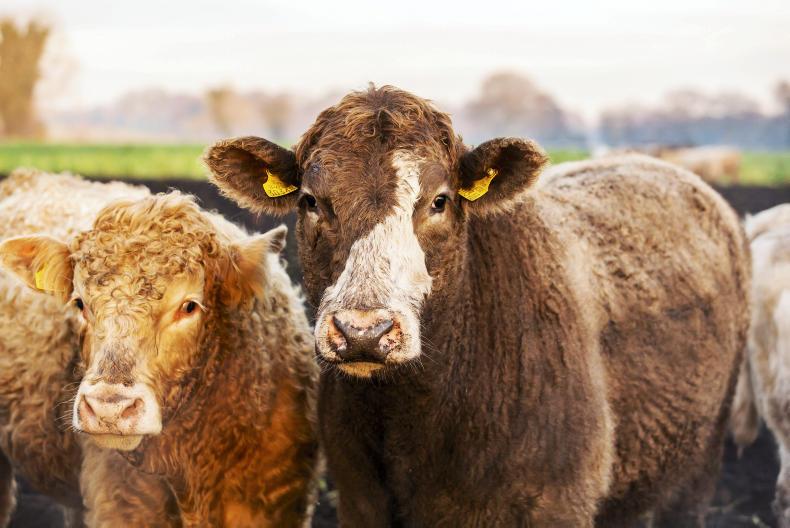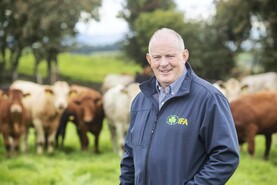On Thursday, Teagasc Grange in Co Meath played host to a LIFE Beef Carbon networking event.
The LIFE Beef Carbon project is an EU initiative aimed at reducing the carbon footprint of beef, while maintaining and even increasing on-farm productivity.
Teagasc, through researcher Donal O’Brien, is co-ordinating the Irish efforts within the joint programme, which is also in operation in France, Italy and Spain. Delegates from each of these countries were present on Thursday.
Targets
Policy officer on climate action in the European Commission Christine Muller reminded delegates of the environmental targets that all sectors within the EU, including agriculture, must keep in mind: “The 2030 climate and energy framework says we must reduce greenhouse gas emissions by at least 40% by 2030, based on 1990 levels,” she said.
However, she went on to say that a longer-term target is to achieve carbon neutrality by 2050 and in order to achieve this, the 2030 targets will not be sufficient.
“By the end of this year, we will see new 2030 targets to keep us on track for 2050,” she said.
Irish policy
Dale Crammond of the climate change and bioenergy division of the Department of Agriculture discussed climate policy in Irish agriculture.
He said that “farming and especially cattle farming is one of Ireland’s largest industries, but we have to accept that cattle are generating emissions”.
Figures presented showed that agriculture is the largest contributor to greenhouse gas emissions in Ireland at 34%. Transport is second at 20%.
Within agriculture, the main emissions source is methane from ruminant digestion and this has been increasing since the removal of quotas in 2015.
Crammond explained that the national Climate Action Plan, which sets out how Ireland will meet its 2030 targets, shows that agriculture must strive to reduce emissions by 10% to 15%.
He outlined the three-step road map that is being viewed as agriculture's most effective tactic: “The first step is on-farm efficiency,” he said.
“This includes things like low emissions spreading, protected urea, better animal feeding and breeding strategies and so on. Targeted schemes are and will continue to be part of this.”
BDGP
Figures presented showed that the Beef Data and Genomics Programme has delivered strong carbon benefits: “There was zero genetic gain within the beef herd until the early 2010s. Now, at the same rate of genetic improvement we are currently making, it would generate an extra €600m in economic value and reduce greenhouse gas output by 10%.”
While the current BDGP is ending this year, he said: “It is something the Department will be looking very carefully at.”
He continued saying carbon sequestration was the next step in the road map. Improving soil fertility, growing more grass, planting forestry and hedgerow management all feature in this.
However, as part of this, Crammond did say that “we could see it going back to the extensive way of farming – particularly in beef farming”.
Finally, he pointed out the third step in the road map - energy and more specifically biomass: “Can we grow more grass using less chemical N fertiliser? Can we use this readily available biomass to generate bioenergy?”
Intermediaries
Teagasc director Gerry Boyle said that the most difficult aspect of introducing climate action measures and ultimately hitting climate change targets was to encourage farmer uptake.
He acknowledged that advisory, both public and private, had a significant part to play, but he also highlighted the responsibility of processors: “Beef processors are critical intermediaries in all of this. They need to be part of developing a framework to incentivise and encourage this new way of thinking. Advisory will follow.”






 This is a subscriber-only article
This is a subscriber-only article










SHARING OPTIONS: